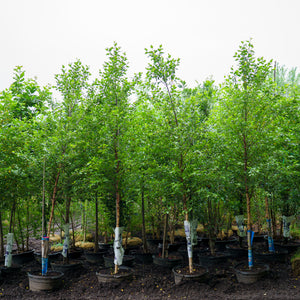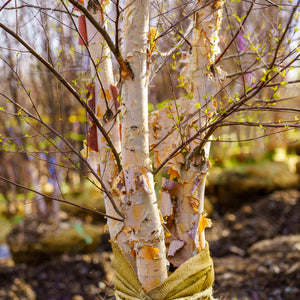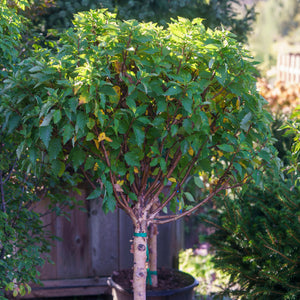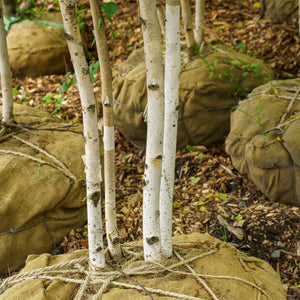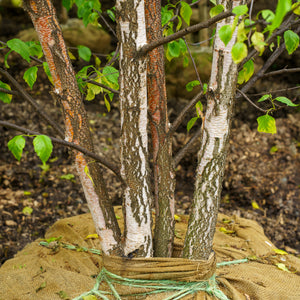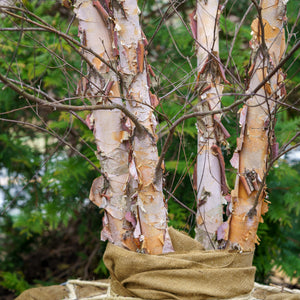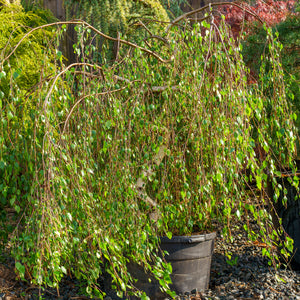The Birch Guide
Birch trees offer a beautiful and distinctive addition to any landscape. Their beautiful bark, delicate leaves, and graceful form make them a stunning focal point for any garden. Birch trees are hardy and adaptable, thriving in a range of conditions with proper care and maintenance. Whether you're looking to create a serene woodland oasis or add a striking element to your garden design, birch trees are a perfect choice.
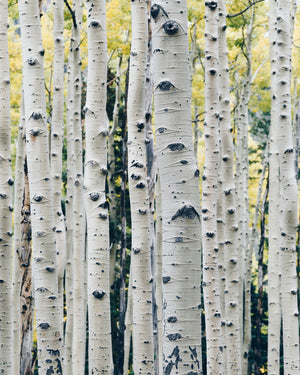
About
Birch trees belong to the genus Betula, which includes more than 40 different species of deciduous trees and shrubs. These trees are native to cold and temperate regions of the Northern Hemisphere, including North America, Europe, and Asia.
Birch trees are easily recognizable by their distinctive bark, which peels away in papery layers to reveal smooth, creamy-white or reddish-brown bark underneath. They also have slender, flexible branches that form a graceful, open canopy. Most birch trees have simple, toothed leaves that are typically triangular or oval in shape.
Many species of birch trees produce catkins, which are long, dangling clusters of tiny flowers that appear in early spring. These flowers are a source of pollen for bees and other insects, and they provide a welcome early food source for wildlife.
Birch trees are adaptable to a wide range of soil types and growing conditions, although they prefer moist, well-draining soil and full sun to partial shade. They are relatively low-maintenance, but may require pruning to remove dead or damaged branches and promote healthy growth.
Birch trees are a popular choice for landscaping due to their striking appearance, fast growth rate, and hardiness. They are often used as specimen trees, planted in groups to form a screen or windbreak, or included in mixed borders with other plants. The paper birch (Betula papyrifera) and river birch (Betula nigra) are two popular species of birch trees that are commonly planted in gardens and landscapes.
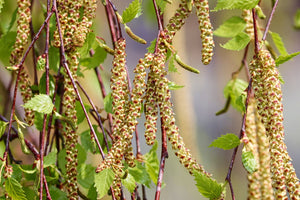
Planting
Birch trees have specific planting requirements to help them establish and grow successfully. Here are some general guidelines for planting and caring for birch trees:
Soil: Birch trees prefer well-draining soil that is slightly acidic and rich in organic matter. They grow best in soil with a pH between 5.0 and 6.5.
Sunlight: Birch trees require full sun to partial shade. When choosing a location for your birch tree, select a spot that receives at least six hours of direct sunlight each day.
Watering: Birch trees require regular watering, especially during their first year of growth. Water deeply and thoroughly once or twice a week, depending on the weather and soil moisture levels. Avoid overwatering, as this can lead to root rot.
Mulching: Mulch around the base of your birch tree to help retain moisture and regulate soil temperature. Use a layer of organic material such as wood chips, bark, or compost, and keep the mulch a few inches away from the trunk to prevent moisture buildup.
Pruning: Birch trees require minimal pruning, but you can trim them to control their size or remove dead or damaged branches. Prune in late winter or early spring before new growth begins.
By following these basic guidelines, you can ensure that your birch tree establishes well and grows healthy and beautiful for years to come.
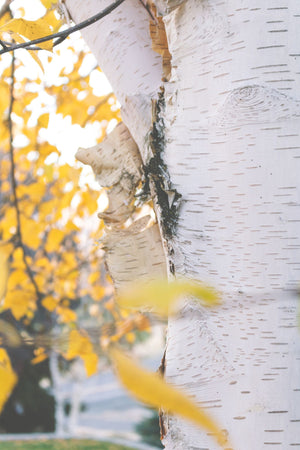
Care
Birch trees require specific care to ensure their optimal growth and health. Here are some general guidelines for the care of birch trees:
Watering: Birch trees require moderate watering during the growing season, typically about one inch of water per week, depending on rainfall. Water deeply and thoroughly to encourage deep root growth and avoid shallow watering, which can result in stress and dehydration. During periods of drought or high temperatures, additional watering may be necessary to keep the soil moist.
Pruning: Birch trees generally do not require heavy pruning, but you may need to remove dead or damaged branches or shape the tree to maintain its desired size and shape. Prune in late winter or early spring before new growth appears, using clean, sharp tools to avoid damaging the tree. Deadheading spent flowers can also help promote new growth and encourage the tree to bloom again.
Fertilizing: Fertilizing can help promote healthy growth and blooming in birch trees. Use a balanced, slow-release fertilizer in the spring or early summer, following the manufacturer's instructions for application rates and timing. Be careful not to over-fertilize, as this can burn the roots and damage the tree. If in doubt, it's best to apply less fertilizer rather than more.
Soil and Sunlight: Birch trees prefer well-drained, moist soil and full sun exposure for optimal growth and blooming. They are relatively tolerant of different soil types but may require additional watering during hot and dry periods. In addition, mulching around the base of the tree can help retain moisture and regulate soil temperature.
Pests and Diseases: Birch trees are generally resistant to pests and diseases, but you should still keep an eye out for common issues such as birch borers, leaf miners, and aphids. If you notice any signs of damage or disease, treat the tree promptly with an appropriate insecticide or fungicide.
By following these basic care guidelines, your birch trees can thrive and provide beauty and shade to your garden for years to come.
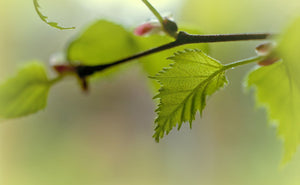
How To Use
Birch trees are versatile and can be used in various ways in the landscape. Here are some recommendations based on their characteristics:
Focal Point: Birches are known for their striking bark and can make a beautiful focal point in the landscape. Plant a single tree in an open area or use a group of birches for a dramatic effect.
Shade Tree: Birch trees can provide a light shade canopy for your garden. Plant them near outdoor seating areas or over patios to create a comfortable outdoor living space.
Windbreak: Tall and slender, birch trees can be an effective windbreak when planted in a row. Use them to protect your garden or home from strong winds.
Privacy Screen: Birch trees can also be used as a natural privacy screen. Plant them in a row along your property line to create a natural barrier and add beauty to your landscape.
Wildlife Habitat: Birch trees are a great choice if you want to attract wildlife to your garden. Birds and other animals are attracted to the seeds and sap of birches, and the trees provide nesting sites and cover.
When selecting birch trees for your landscape, consider their growth rate and environmental requirements. Plant them in areas that receive full sun or partial shade and provide well-drained soil. With their elegant form and attractive bark, birch trees can add both beauty and function to your outdoor space.
Conclusion
Birch trees are a stunning and adaptable choice for any landscape. Their beautiful bark, delicate leaves, and graceful form make them a popular choice for both urban and rural settings. By following the proper planting and care guidelines, you can enjoy these trees in a variety of ways, from lining a driveway to providing shade in a backyard. Whether used as a focal point or as part of a larger design, birch trees offer a range of options to enhance the beauty of your outdoor space. With a little effort, you can create a breathtaking landscape that will bring you joy for many years to come.

